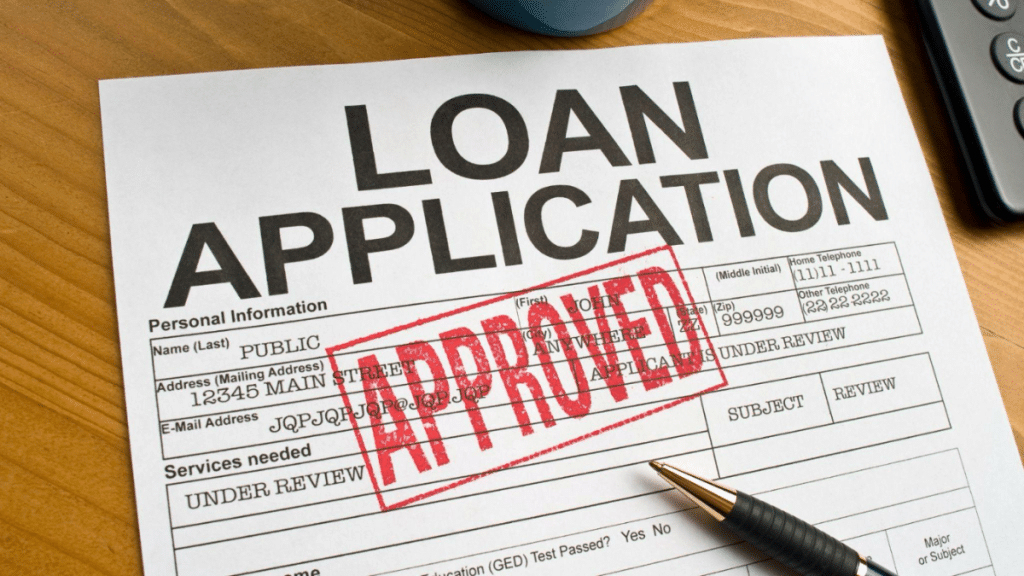Personal loans are a widely used financial instrument due to their flexibility and ability to address various needs, from managing emergencies to funding major expenses. However, when considering such financing, borrowers are often presented with two distinct options: pre-approved or regular personal loans. Though both serve the same core purpose, they differ in eligibility, application process, disbursal timelines, and flexibility.
A clearer understanding of these differences can help borrowers select the most suitable option based on their financial situation and requirements.
1. Definition and Basis of Offer
Pre-Approved Personal Loan
A pre-approved personal loan is an offer made by a lender, typically to existing customers who meet specific internal criteria. These offers are generally extended based on an assessment of the individual’s credit history, transaction patterns, repayment behaviour, and income profile. In most cases, the customer does not need to initiate the application — the lender proactively makes the offer.
Regular Personal Loan
A regular personal loan requires the borrower to formally apply. The application is evaluated from scratch, involving detailed documentation, income assessment, and a comprehensive credit check. This is the conventional route for most first-time borrowers or individuals without a relationship with the lender.
2. Eligibility Criteria
Pre-Approved Loan
- Typically extended to a pre-selected segment of existing customers.
- Based on pre-existing data such as credit score, account activity, and repayment behaviour.
- Often reserved for low-risk profiles.
Regular Loan
- Open to a broader applicant base, including those with no prior relationship with the lender.
- Eligibility is determined through a complete financial and credit assessment.
- Suitable for salaried and self-employed individuals, depending on the lender’s criteria.
3. Application and Documentation Process
Pre-Approved Loan
- Minimal documentation required, especially for customers with an active account.
- Often a paperless or entirely digital process.
- In some cases, only a basic declaration or e-consent is required for processing.
Regular Loan
- Requires submission of comprehensive documentation: income proof, identity proof, address verification, bank statements, and employment details.
- The process may include in-person verification or follow-ups.
- May take several working days, depending on the lender’s turnaround time.
4. Approval and Disbursal Timelines
Pre-Approved Loan
- Rapid processing due to prior credit assessment.
- Funds are often disbursed within hours or the same day upon acceptance.
- Ideal for borrowers seeking urgent funds without delay.
Regular Loan
- Approval may take anywhere from a few days to a week.
- Disbursal follows post-verification and final sanctioning.
- Better suited for borrowers with time to plan and prepare.
5. Loan Terms and Interest Rates
Pre-Approved Loan
- Interest rates and tenure are usually predefined based on the lender’s internal risk models.
- Limited room for negotiation.
- May not always offer the lowest interest rate available in the market.
Regular Loan
- Greater flexibility in choosing tenure and negotiating interest rates, depending on the borrower’s financial standing.
- Possibility to compare multiple lenders for the best available terms.
6. Impact on Credit Score
Pre-Approved Loan
- Lenders may conduct only a soft enquiry while extending the offer, which does not affect the credit score.
- However, a hard enquiry may be performed during final approval, depending on internal policy.
Regular Loan
- Usually involves a hard enquiry during the application stage.
- Multiple applications across different lenders may negatively affect a credit score.
7. Customisation and Repayment Flexibility
Pre-Approved Loan
- Limited flexibility in modifying the loan amount, tenure, or EMI structure.
- Designed for convenience rather than personalisation.
Regular Loan
- Offers more room for customisation based on the borrower’s repayment capacity and preferences.
- Some lenders may offer step-up or flexible EMI plans.
8. Transparency and Control
Pre-Approved Loan
- The offer is based on internal assessments, which are not always disclosed to the customer.
- While convenient, borrowers must still review the terms carefully before accepting.
Regular Loan
- More transparent application process.
- Borrowers are actively involved in negotiations and selection of loan features.
Conclusion
Choosing between a pre-approved personal loan and a regular personal loan depends on factors such as urgency, existing banking relationship, income stability, and willingness to undergo a detailed application process.
- Opt for a pre-approved personal loan if you require immediate funds, have a solid credit history, and value convenience and speed.
- Choose a regular personal loan if you prefer more flexibility, want to compare offers, or do not have an existing relationship with a lender.
Regardless of the option selected, it is essential to read the terms carefully, assess your repayment capacity, and use tools like a personal loan EMI calculator to plan your finances responsibly.
